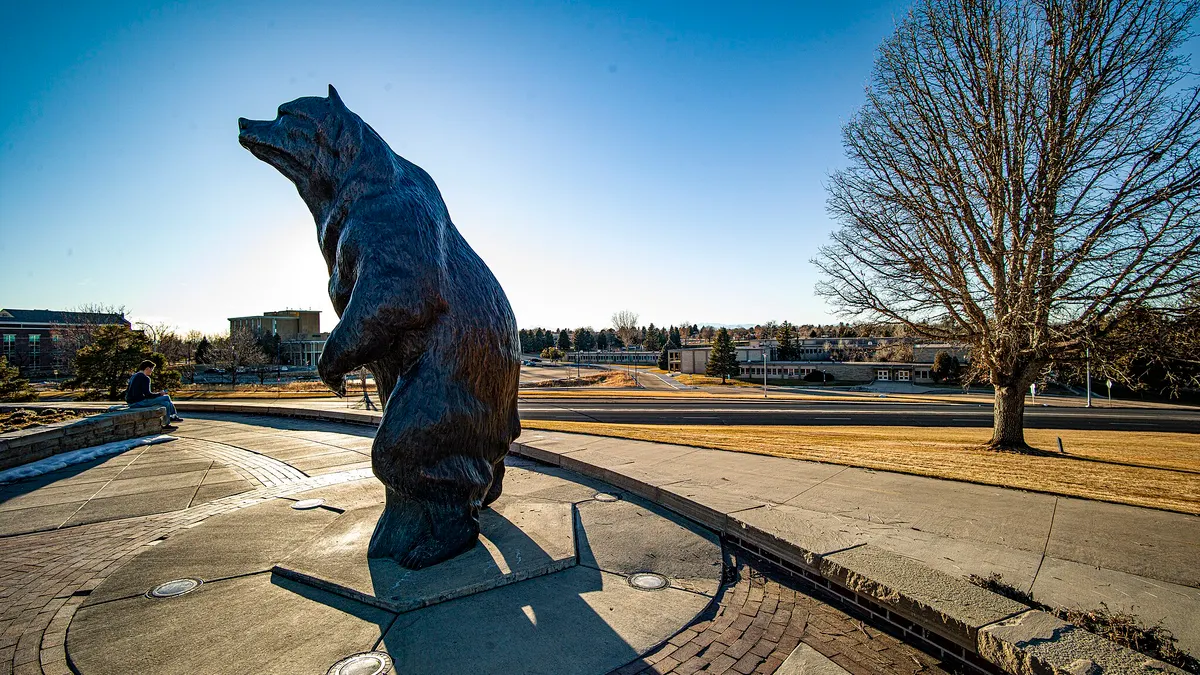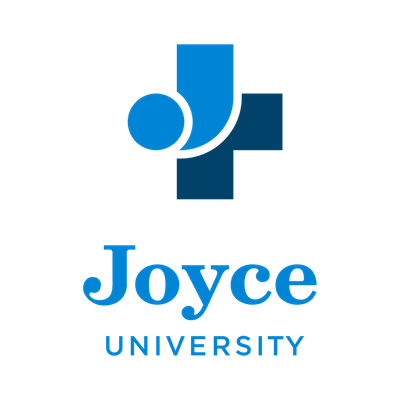Dive Brief:
- The average sticker price for public and private higher education institutions held mostly steady for the 2018-2019 academic year after adjusting for inflation, a new report by the College Board found, as some colleges and universities have taken to slashing their tuition and fees or forgoing big increases in hopes of attracting more students.
- The years following the Great Recession saw steep tuition hikes, with public two- and four-year institutions marking up published tuition by nearly 30% and private four-year nonprofit colleges by 14%. That upward trend has since slowed, with average published prices at four-year public institutions rising by 7% and prices at nonprofit private institutions rising by 10% in the five-year period ending in the 2018-19 academic year.
- The real cost of college leveled off in the 2018-2019 academic year, fueled in part by more grant money and tax incentives for students. Students at four-year nonprofit private institutions saw an average of $21,220 from those sources this academic year, up from $13,860 in the 2008-09 academic year in today's dollars.
Dive Insight:
Colleges and universities are struggling to maintain enrollment numbers as they face a shrinking pool of young adults in the U.S., more people questioning the value of higher education and a tight visa application process for prospective international students. To combat dwindling numbers, many institutions are dashing their sticker prices or offering more discounts in the form of grants to lure in students.
At nonprofit private four-year institutions, grant aid and federal education tax benefits have grown to cover between 57% and 60% of posted tuition and fees since the 2010-2011 academic year, according to the College Board report. And as students rely more on these sources to help pay for their education, some institutions have begun expanding tuition discounts for middle-income students. Rice University, for example, announced plans to offer full-tuition scholarships for students with family incomes between $65,000 and $130,000 and at least half of total tuition for families earning up to $200,000.
Others, such as St. John's College, are lowering their posted tuition price. The small private institution, with campuses in New Mexico and Maryland, announced it was trimming $17,000 from its advertised tuition. To offset the revenue loss, the liberal arts college hopes to bring in $300 million in financial support from donors. Likewise, New York University's School of Medicine is raising $600 million to fund its new initiative to cover the total cost of tuition for each of its students.
Public institutions have also been leaning more on fundraising efforts to stem rising tuition costs amid shrinking government support.
According to a recent report by the Center on Budget and Policy Priorities, state funding for higher education has dropped by nearly $7 billion since 2008, adjusted for inflation. And even though public institutions saw increases over the past decade in inflation-adjusted net tuition revenue per student — 20% for bachelor's institutions and 42% at doctoral universities — they only saw a 2% increase in their total revenues from tuition and government sources during that period, according to the College Board.








